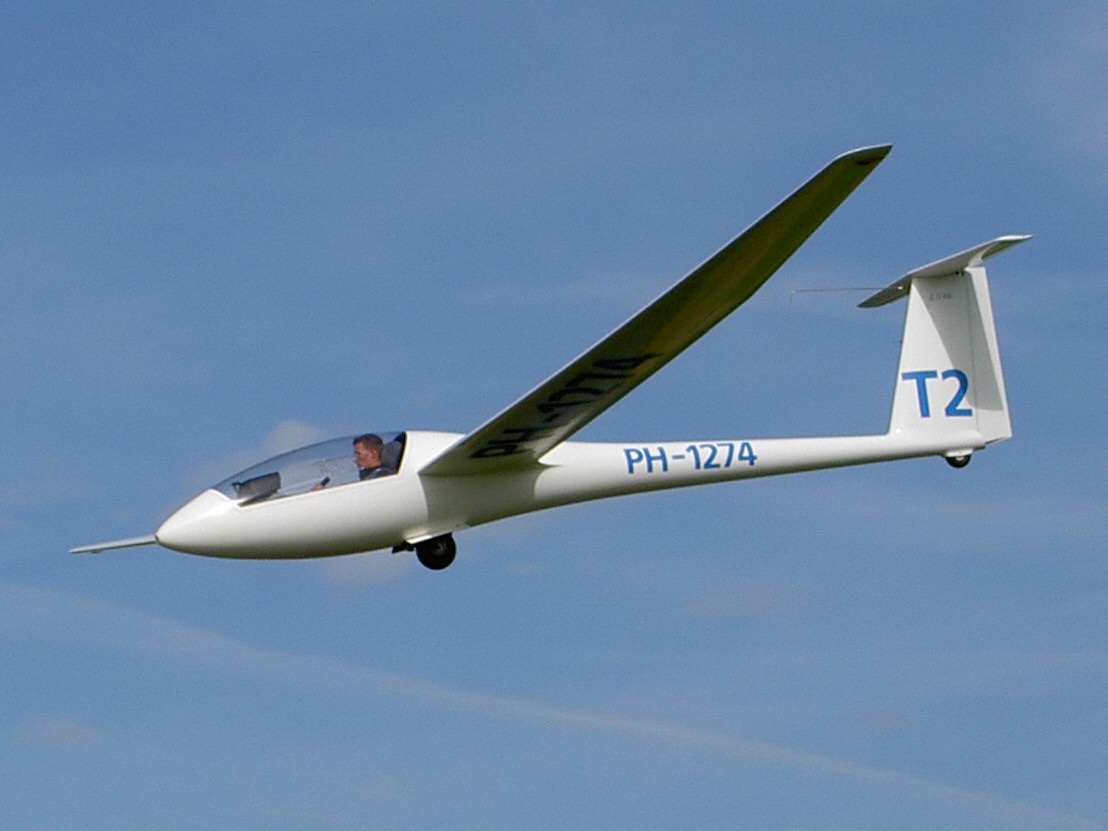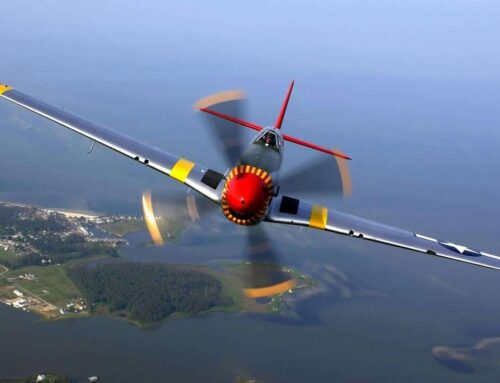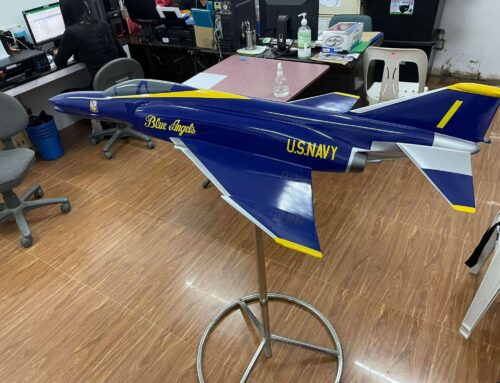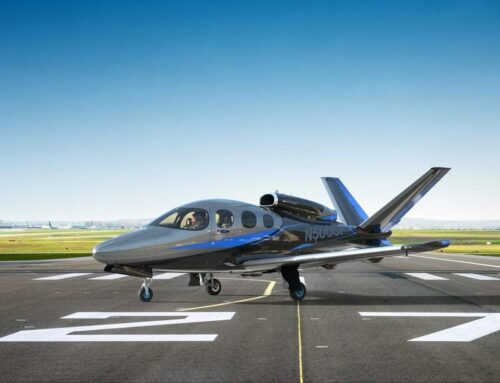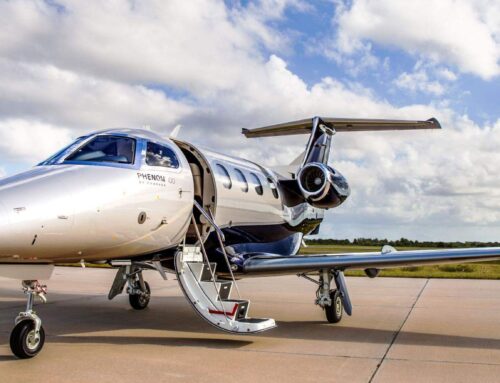From the graceful soar of an eagle to the wonder of human flight, the concept of flying has captivated our imagination for centuries. In the world of aviation, one particular aircraft stands out for its elegance, simplicity, and sheer exhilaration: the glider. In this comprehensive guide, we will guide you into the fascinating world of gliders, exploring their mechanics, flight principles, building its custom model and showing the sheer thrill of soaring through the skies.
The Essence of Gliders: Definition and Design
Before we take flight, let’s first understand the essence of gliders. A glider, also known as a sailplane, is an aircraft without an engine. It relies solely on the forces of nature, utilizing air currents, thermal updrafts, and the pilot’s skill to sustain and maneuver flight. The absence of an engine makes gliders lightweight and sleek, contributing to their remarkable efficiency and the sense of pure freedom they offer.
When it comes to design, gliders are meticulously crafted machines. Their streamlined fuselage, wings of varying shapes and sizes, and a horizontal stabilizer work together to harness the power of the air. The most common types of gliders include the Standard Class, Open Class, and Racing Class, each tailored to specific performance and competition requirements.
Forces at Play: Understanding Glider Flight
To comprehend how a glider defies gravity and achieves flight, we must examine the fundamental forces acting upon it during each stage of flight: lift, weight, thrust, and drag.
-
Lift: The Key to Soaring
Lift is the upward force that enables a glider to stay aloft. It is generated by the interaction of the glider’s wings and the surrounding air. As air flows over the curved upper surface of the wing, it must travel a greater distance compared to the flat lower surface. According to Bernoulli’s principle, this difference in airflow speed creates a pressure difference, generating lift.
Moreover, glider pilots expertly exploit rising air masses, such as thermals, ridge lift, and wave lift, to gain altitude and prolong their flight. Thermals are columns of warm, ascending air caused by uneven heating of the Earth’s surface. Ridge lift occurs when wind encounters an obstacle, like a mountain range, and is forced upward. Wave lift, on the other hand, is created by the oscillation of air behind mountainous regions.
-
Weight: Defying Gravity
Weight is the force exerted by gravity on the glider. It acts vertically downward, pulling the glider towards the Earth. To achieve and maintain flight, the glider’s lift must be greater than its weight. By skillfully manipulating lift and taking advantage of rising air currents, glider pilots can effectively counteract the force of gravity and sustain flight.
-
Thrust: The Absent Companion
Unlike powered aircraft that rely on engines for thrust, gliders lack propulsion systems. Instead, they depend on gravity and potential energy to convert height into forward motion. By descending and trading altitude for airspeed, gliders can generate the necessary kinetic energy to overcome drag and maintain their forward momentum.
-
Drag: The Resistance to Flight
Drag is the aerodynamic force that opposes the motion of the glider. It arises due to the friction between the glider and the surrounding air. To minimize drag, gliders are designed to be sleek and streamlined, reducing turbulence and optimizing aerodynamic efficiency. This allows them to maintain speed and maximize the distance covered during each flight.
The Art of Flying: Piloting a Glider
Flying a glider is a true art form, requiring skill, precision, and an intimate understanding of the air currents. Let’s explore the basic principles and techniques employed by glider pilots.
-
Launch and Climb
A glider launch typically occurs through one of three methods: aerotow, winch launch, or self-launch. During an aerotow, a powered aircraft tows the glider into the air using a towline. In a winch launch, a powerful winch rapidly pulls the glider into the air. Self-launching gliders, equipped with a retractable engine, can autonomously climb to a desired altitude.
Once airborne, glider pilots seek out rising air currents to gain altitude. By circling within thermals or soaring along ridge lines, they can ascend to higher altitudes, expanding their flying range and increasing the duration of their flight.
-
Glide and Navigation
During the glide phase, glider pilots navigate through the sky, utilizing a combination of visual references and instruments. A variometer, an instrument that measures vertical speed, aids pilots in detecting areas of rising or sinking air. By adjusting their flight path and seeking out areas with positive lift, pilots can extend their flight time and explore new horizons.
-
Landing
The final phase of a glider flight is the landing. Pilots carefully select an appropriate landing site, taking into account wind direction, available landing fields, and potential obstructions. With skillful maneuvering, they aim to execute a smooth touchdown, utilizing precise control inputs and adjusting their approach to compensate for any crosswinds.
The Thrill of Soaring: Embracing Freedom
Beyond the technicalities of flight, gliding offers an unparalleled experience of freedom, harmony with nature, and a unique perspective of the world. The serene tranquility of soaring silently through the skies, the breathtaking vistas stretching out below, and the thrill of exploring the invisible currents of the air create an unforgettable adventure for glider pilots and enthusiasts alike.
The Glider’s Model
Are you looking for a marvel of sleek design and awe-inspiring soaring capabilities? This two-seat custom glider model is a dream come true for gliding enthusiasts and collectors alike. When it comes to capturing the essence of this magnificent aircraft, look no further than ModelWorksDirect. Our mastery in crafting exquisite wooden models allows you to own a bespoke custom-made glider model.
Don’t miss the opportunity to bring elegance and grace to your collection. Order your very own custom glider model today from ModelWorksDirect.
Conclusion
The captivating flight of gliders unveils a fascinating world where humans harness the power of nature to conquer the skies. From the intricate design of these aircraft to the delicate balance of forces enabling flight, gliders embody the essence of elegance and freedom. As we marvel at the grace and artistry of glider pilots, let us be reminded of the boundless possibilities that lie within the realm of human ingenuity and our eternal quest to master the skies. So spread your wings, embrace the winds, and join the ethereal realm of gliding—a truly extraordinary way to experience flight.
